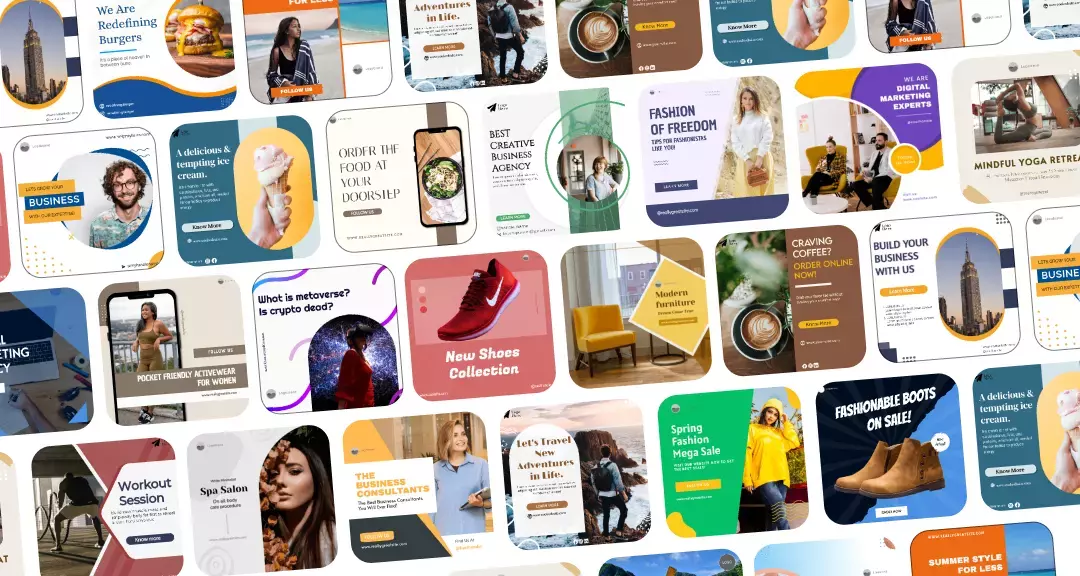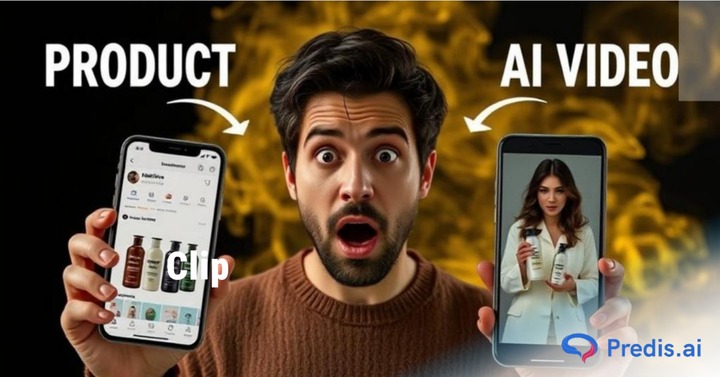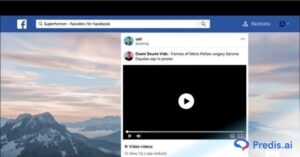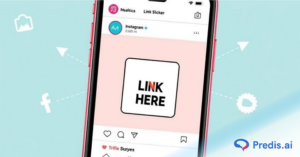If you’ve ever wondered why some ads feel less like advertising and more like a friend’s recommendation, that’s the power of UGC-style content. People trust it. It feels relatable, raw, and authentic, which is exactly why these ads often outperform polished brand campaigns when it comes to engagement and conversions.
Here’s the catch: creating real UGC is not easy. You need creators, filming, editing, and multiple versions to test. It’s expensive, time-consuming, and nearly impossible to scale if you’re trying to produce ads on a regular basis.
That’s where AI comes in. With the right tools, you can now generate UGC product ads with AI that look and feel authentic without the heavy lift. These tools handle scripting, visuals, voiceovers, and editing, giving you UGC-style ads in minutes instead of weeks.
In this guide, we’ll walk through the simplest step-by-step way to create UGC product ads with AI, so you can launch scroll-stopping campaigns quickly, affordably, and at scale.
What Are UGC Products Ads and Why Do They Work?
UGC (user-generated content) ads are designed to look like something a real customer would post—casual, unpolished, and authentic. Instead of feeling like a scripted commercial, they mimic everyday content people scroll past on social media. That’s exactly what makes them effective.
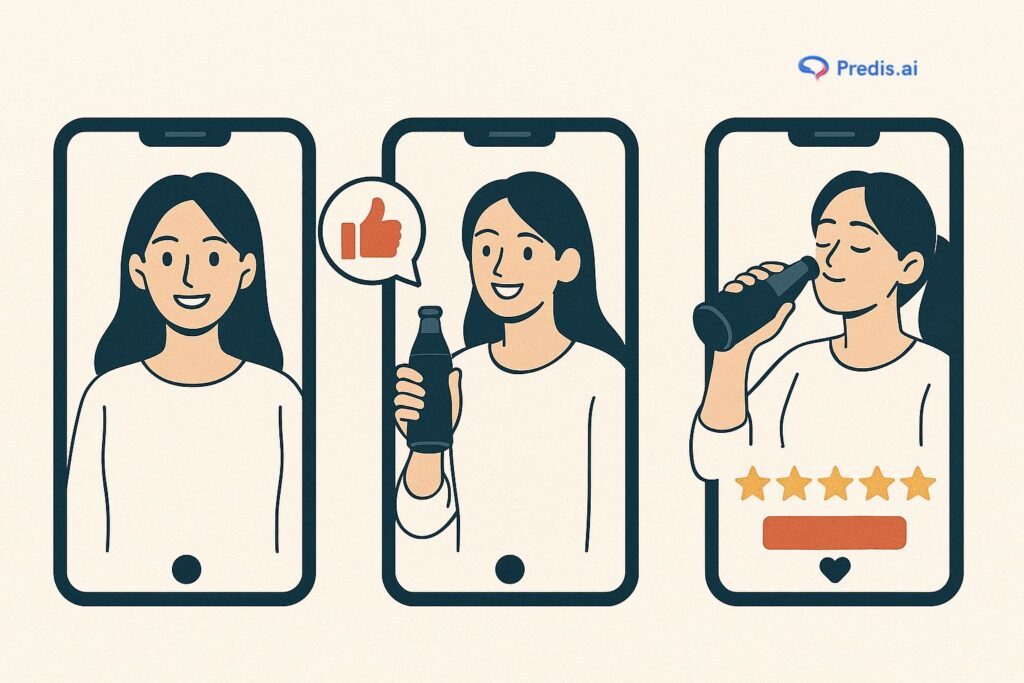
Audiences tend to trust UGC videos more than highly polished brand ads because they feel genuine. A customer casually talking about how a product helped them carries more weight than a studio-shot campaign with actors and lighting rigs. This sense of relatability drives higher engagement and often leads to better conversions.
These ads perform especially well on platforms built around short-form, authentic content—TikTok, Instagram Reels, and YouTube Shorts. On these channels, ads that blend seamlessly into the feed get more watch time and interaction than glossy, traditional spots.
And here’s where it gets even better: creating UGC product ads with AI lets brands tap into this authenticity without needing an army of creators or influencers. You can replicate the feel of customer-style content at scale, making it easier to run multiple campaigns and test what resonates.
Step-by-Step Guide to Making UGC Products Ads with AI
Creating UGC product ads with AI becomes a lot easier when you have a clear process. Here’s a breakdown of how to go from idea to finished ad that feels natural and relatable.
1. Pick the Right AI Tool
The first step is choosing a tool that can handle most of the heavy lifting. Predis.ai is one of the best options here—it helps you create UGC-style product videos from just a product link or description.

With built-in features for scriptwriting, visuals, captions, and even voiceovers, it eliminates the need to juggle multiple platforms. The key things to look for in a tool are ease of use, realistic outputs, and the ability to generate vertical formats suited for TikTok, Instagram, and YouTube Shorts.
2. Define Your Ad Concept
This is where many brands go wrong. A good UGC ad doesn’t start with features—it starts with the customer’s point of view. Ask yourself:
- Who is my target audience?
- What specific pain point are they struggling with?
- How does my product solve it in their daily life?
For example, instead of “This skincare serum has vitamin C,” the concept could be: “I’ve been struggling with dull skin, and this serum finally gave me back my glow.” When you anchor the ad around a simple story that mirrors the customer’s journey, the output feels authentic and relatable.
3. Generate the Script with AI
Once your concept is set, use AI to draft the script. With UGC products ads with AI, the script should sound like a casual conversation, not a pitch. The trick is in how you prompt the AI. Frame your request as if a customer is speaking, for example:
- “Write a 20-second video script of someone sharing how this product solved their daily problem.”
- “Make it sound like a TikTok user casually talking to friends.”

Keep the script short (2–3 sentences per section), include one pain point, one benefit, and a simple call-to-action like “You’ve got to try this.”
4. Create Visuals or Videos
Now it’s time to bring the script to life. Tools like Predis.ai can automatically generate UGC-style videos by pairing your script with stock-style footage, AI avatars, or even product mockups.

You can also upload product images, and the tool will mix them into dynamic video formats. For the most authentic feel:
- Use vertical video (9:16) since it’s native to Reels, TikTok, and Shorts.
- Mix lifestyle clips (like someone using the product at home) with close-ups of the product.
- Keep transitions smooth but simple—avoid overproduction.
5. Add Voiceovers and Captions
This is where Predis.ai shines again. It allows you to add natural-sounding AI voiceovers in different accents and tones, so your ad feels like it’s coming from a real person. Captions are automatically generated and styled to fit the platform, which is essential because most viewers watch without sound. Captions also make the ad more engaging and accessible, helping it feel closer to real UGC.
6. Edit and Finalize the Ad
Trim your video to 15–30 seconds—long enough to tell a story but short enough to keep attention. Add background music or trending sounds from the platform you’re targeting. The most important part is to keep it raw and relatable. Over-polished videos can actually backfire, while slightly imperfect cuts feel authentic and scroll-stopping.
Tips to Make Your UGC Products Ads with AI Look More Authentic
The real magic of UGC product ads with AI lies in their authenticity. People are naturally skeptical of ads, but when something feels like it could’ve been posted by a real person, trust levels rise. That’s why it’s not enough to just generate a video—you need to shape it so it blends in with organic content. Here’s how to do it well.
1. Avoid Overproduction
One of the fastest ways to make your ad scream “fake” is to over-polish it. Remember, UGC works because it doesn’t look like an ad. Skip glossy transitions, cinematic filters, and heavy editing. Instead, lean into natural-looking shots with simple cuts. A slightly shaky camera angle or uneven lighting can actually boost credibility because it feels like it was filmed on someone’s phone.
Example: Compare a skincare ad shot in a studio with perfect lighting versus a quick clip of someone in their bathroom applying cream while casually talking to the camera. The second version almost always feels more believable—and converts better.
2. Use Casual Language and Natural Pacing
UGC isn’t about sounding like a scriptwriter—it’s about sounding like a friend. That’s why your AI-generated scripts should include everyday language, filler words, and natural pacing. Don’t be afraid of little imperfections like “uh,” “you know,” or “honestly.” These quirks make the ad feel spontaneous instead of rehearsed.
Example Prompt for AI Script:
“Write a 20-second TikTok video of someone casually explaining how they found a protein shake that keeps them full after workouts. Make it sound like they’re talking to a friend, with casual phrases like ‘I wasn’t sure at first’ or ‘you’ve gotta try this.’”
This approach produces content that blends into real feeds, rather than sticking out as corporate messaging.
3. Show the Product in Real-Life Settings
People don’t connect with products on white backgrounds—they connect with how those products fit into everyday life. Whether it’s someone pouring coffee into your new thermos during a morning rush or a fitness enthusiast mixing protein powder at the gym, real-life scenarios make your product more relatable.
With UGC products ads with AI, you can easily generate stock-style clips or AI visuals that mimic these natural environments. Just make sure the setting feels realistic and matches the audience you’re targeting.
Tip: If you’re using a tool like Predis.ai, upload lifestyle images of your product in use. The AI can build video ads around them to make the final result look personal and “lived-in.”
4. Test Multiple Versions
No matter how authentic your ad looks, you won’t know what truly resonates until you test. The advantage of AI is speed—you can generate five different versions of the same ad in minutes. Try different voices (male vs. female, energetic vs. calm), swap the setting (home vs. outdoors), or tweak the script tone (funny vs. sincere).
When you run these variations, the data will quickly show you what your audience prefers. Sometimes the simplest, most off-the-cuff version wins.
Example: A polished demo of a gadget might underperform compared to a quick clip of someone saying, “I didn’t think this would work, but it literally saved me so much time.” AI lets you test both angles without spending weeks producing them.

Wrapping Up – The Future of UGC Products Ads with AI
UGC has always been powerful because it taps into trust and relatability. The challenge has been scaling it without draining time, money, and creative energy. That’s exactly where UGC products ads with AI change the game. They’re affordable, easy to produce, and scalable—helping with brand engagement and the ability to create authentic-looking content on demand.
But here’s the thing: success doesn’t come from making one “perfect” ad. It comes from experimenting. Use AI to test multiple versions, analyze the results, and refine your approach. The more variations you try, the clearer it becomes what tone, setting, or message clicks with your audience.
And while AI is a powerful enabler, it’s not here to replace creativity. What it really does is lower the barrier. Even small brands or solo creators can now produce ads that look like they came from a genuine customer, without needing a big production budget. The future of UGC-style advertising isn’t just about humans or AI, it’s about combining the two to create campaigns that feel both authentic and effective.
